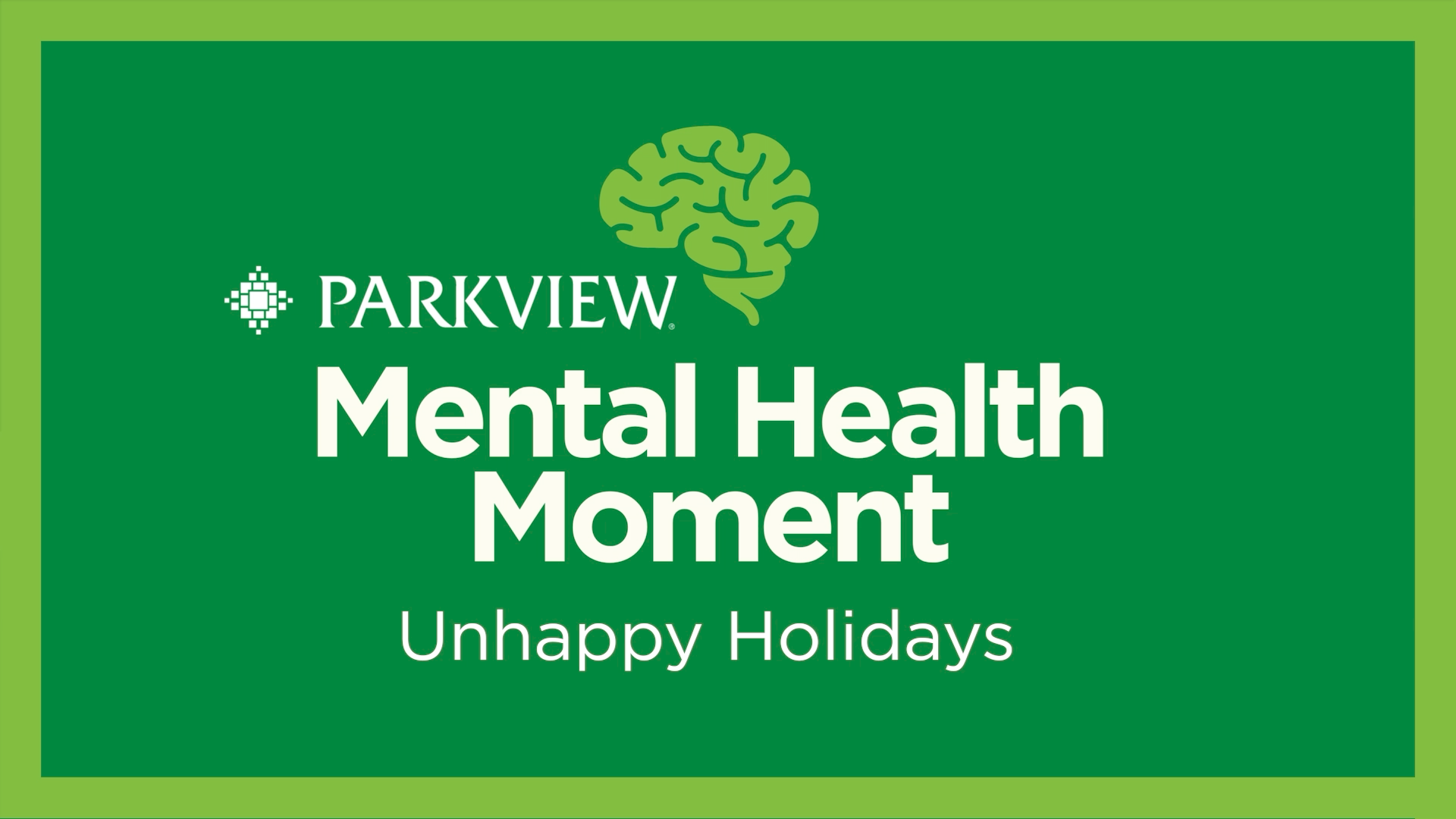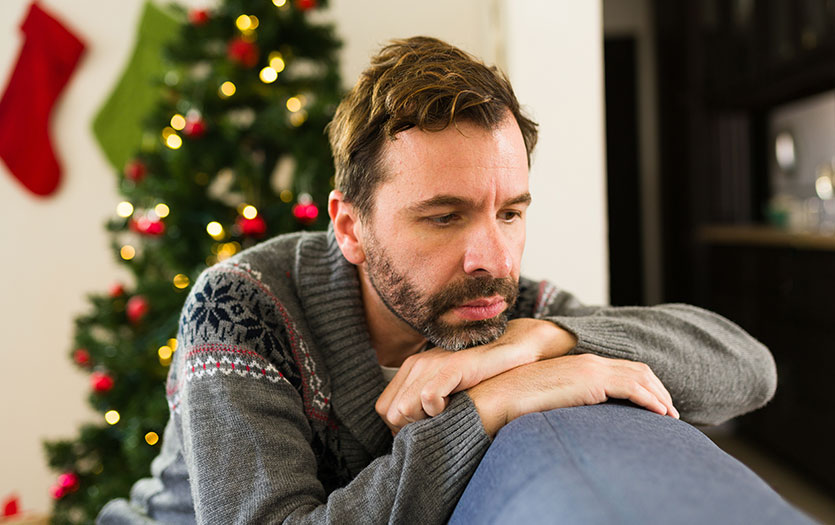
This post was written by Courtney L. Washington, PsyD, CSYAC, HSPP, psychologist, Park Center, Parkview Behavioral Health Institute.
As I reflect on the beginning of this pandemic, I can connect with the overwhelming anxiety I felt doing everyday things. I wouldn’t make a simple trip to the grocery store without donning rubber gloves, my N95 mask, bleach wipes and hand sanitizer. It became a new routine:
- Get in the car.
- Wipe down keys and card with bleach.
- Be sure to get all the surfaces I touched.
- Remove gloves.
- Sanitize my hands, then remove my mask.
While I continue to remain diligent, the rigidity of this routine has waned, as the exhaustion regarding these safety protocols weighs heavy. For me, the reality of COVID fatigue is palpable. What do we do when abnormal becomes our new normal? How do we adjust, cope, and remain diligent, especially as colder weather drives us inside, where the risk of spread is high?
What is COVID fatigue?
COVID fatigue is the mental and physical exhaustion that occurs with continually navigating uncertainty with no end in sight. It is the concept that as we march on through this global pandemic, people are becoming tired of being diligent and disconnected. COVID or pandemic, fatigue is a complex array of emotions including, but not limited to:
These emotions are brought on by a multitude of losses, literally and metaphorically. People are losing loved ones, jobs, homes, social lives, connections, feelings of safety and normalcy of everyday life.
Research regarding the stages of disaster stress helps us understand this experience. For what it’s worth, we are right on track! Early in disasters, communities typically pull together, support each other and create a sense of community bonding. Think back to the beginning of the pandemic when we were constantly reaching out to support each other in multiple ways. As time wears on, the heroic spirit within us all wears thin. As the stress builds, we move into the disillusionment phase. It is at this point we lose optimism as the negative and angry reactions surface. Unfortunately, this is, for many of us, our current state. Health experts believe this state will likely continue through the winter.
For me, COVID fatigue is like the four-year-old on a road trip asking, “are we there yet?” It’s the anxiety I feel when characters on pre-COVID TV shows are not wearing a mask. It’s the struggle to remember what life was like before or feel hopeful that we will know what living without COVID is like again.
How do we adjust to steady levels of stress?
Humans are truly remarkable creatures in that we are incredibly adaptable. We can flex and bend with the changes that life throws at us. Although we can adapt, long-term levels of stress can have a profound impact.
As I shared, when COVID-19 first began to spread, my level of caution and hyper-vigilance to the threat of infection was high. This alertness was due to the fear center’s activation in the brain (Amygdala) and biological mechanisms designed to keep us safe (Fight-Flight-Freeze mechanism). Any threat of danger leads to increased stress hormone levels (Cortisol), which activates multiple bodily systems (Sympathetic Nervous System) that prepare the body for danger and allow for appropriate defensive measures. Typically, once the threat subsides, the body resets itself (Parasympathetic Nervous System) and returns to a level of homeostasis. Yet, long term activation was never the intention for this mechanism. So, what happens when the threat does not subside? What happens in the face of constant danger?
This chronic activation and high levels of cortisol in the body lead to changes in our receptivity to these chemicals and our ability to find new homeostasis or balance. Therefore, we become less sensitive to stress hormones and require higher levels to produce hyper-vigilance and diligence. Anytime we are exposed to something long-term, we develop a tolerance. The body and brain become less receptive due to the pervasive nature of the stimulus. We cannot cope with this level of stress with the same attention, so we become numb or disconnected from the reality of the danger. If we are unable to fight or flee from danger, we downshift into a shut-down mode. A survival mechanism that allows us to keep moving forward. It enables us to go about our daily lives numb to the anxiety living through a global pandemic causes. As a culture, we are in shut-down mode. We are surviving, but not thriving.
This state can be a dangerous place. Being less attuned to danger cues can lead to inaccurate assessment of risk and engagement in risky behaviors. While becoming laxer about activities and gatherings was less dangerous through the summer months, how do we refocus ourselves as we lean into the cold winter months with the spread of COVID-19 booming across the country?
Light at the end of the tunnel
Humans are truly amazing creatures. We are more adaptable than we feel most of the time and the resiliency of the human spirit keeps us moving forward. History has shown us that we can overcome almost anything. The research on grit shows us that life is not about how many times we get kicked down but the continued efforts to get back up that define us. More often than not, it is the “how” that matters. It is how we cope with and manage challenges in our lives that determine if we will be successful in overcoming the most challenging obstacles.
Some simple reframing techniques can be helpful while we gear ourselves up for winter with COVID-19. Here are a few to consider:
- Try shifting your perspective to align with your way of thinking.
- If you are a big picture thinker, focus on the long-term goals and the hopeful end date.
- If this feels overwhelming for you, focus on smaller, more obtainable tasks, like getting through the most recent emergency order, the week or even the day.
- Engage in risk assessments and ask yourself “if… then…” questions. If I have a smaller Thanksgiving, then maybe we can enjoy Christmas.
- Consider ways to minimize risk and still do things that bring you joy. Coping with the pandemic is not all or nothing.
- Coping with the pandemic is all of us doing the best we can and believing it is enough. It’s not about just doing the right thing, but it is about doing what’s right!
- Coping with the pandemic is about spreading that belief to all around us. It is about promoting a “positive infection.”
What else can I do?
The long-term effects of chronic stress are vast and include mental health concerns, decreased immunity and other physical health concerns. It is important to practice regular self-care. To help reduce the impact on your current functioning:
- Be sure to exercise regularly, eat well, drink lots of water and get plenty of sleep.
- Regardless of the weather, get outside and feel the sun on your face.
- Build-in routines that help you feel positive and practice these regularly.
- Be kind to yourself and others.
- Practice self-compassion.
- Acknowledge the little things in life that you are grateful for and share them with the people you love. It is our relationships, connections and experiences that make us uniquely human.
While these may look different during the pandemic, it is essential to remain focused on the aspects of our lives that bring joy and meaning. These things motivate us to make decisions that avoid risk, keep each other safe, and make life worth fight.
Finally, the poem “Desiderata.” It was written in 1906 and copyrighted in 1927 by Max Ehrmann, an attorney in Indiana, under the title “Go Placidly Amid the Noise and Haste.” It was put to music and won a Grammy in 1971. It is crucial in these times to connect through art and think about the search for happiness!



